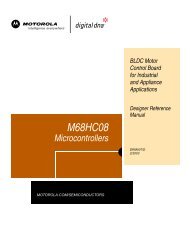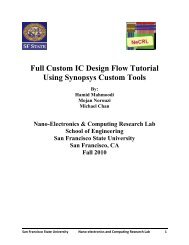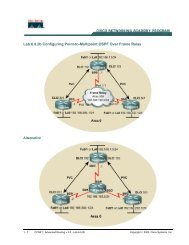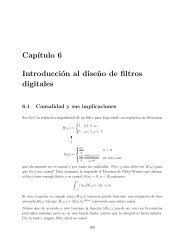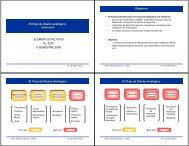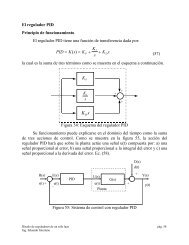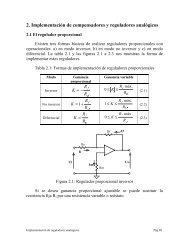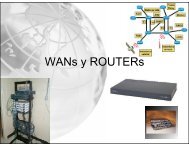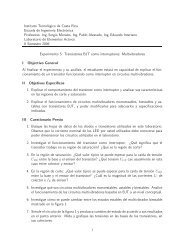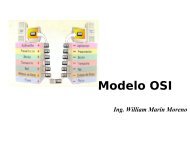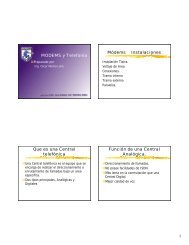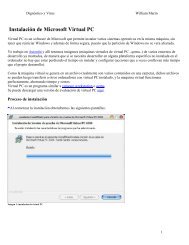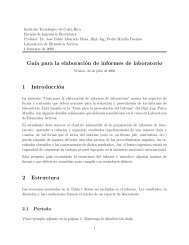Xilinx UG393 Spartan-6 FPGA PCB Design Guide
Xilinx UG393 Spartan-6 FPGA PCB Design Guide
Xilinx UG393 Spartan-6 FPGA PCB Design Guide
You also want an ePaper? Increase the reach of your titles
YUMPU automatically turns print PDFs into web optimized ePapers that Google loves.
Chapter 1: <strong>PCB</strong> Technology Basics<br />
Return Currents<br />
dielectric constant of the material in the space around the signal trace and between the<br />
signal trace and the reference plane.<br />
The dielectric constant of the material in the vicinity of the trace and reference plane is a<br />
property of the <strong>PCB</strong> laminate materials, and in the case of surface traces, a property of the<br />
air or fluid surrounding the board. <strong>PCB</strong> laminate is typically a variant of FR4, though it can<br />
also be an exotic material.<br />
While the dielectric constant of the laminate varies from board to board, it is fairly constant<br />
within one board. Therefore, the relative impedance of transmission lines in a <strong>PCB</strong> is<br />
defined most strongly by the trace geometries and tolerances. Impedance variance can<br />
occur based on the presence or absence of glass in a local portion of the laminate weave,<br />
but this rarely poses issues except in high-speed (>6 Gb/s) interfaces.<br />
An often neglected aspect of transmission lines and their signal integrity is return current.<br />
It is incorrect to assume that a signal trace by itself forms a transmission line. Currents<br />
flowing in a signal trace have an equal and opposite complimentary current flowing in the<br />
reference plane beneath them. The relationship of the trace voltage and trace current to<br />
reference plane voltage and reference plane current defines the characteristic impedance of<br />
the transmission line formed by the trace and reference plane. While interruption of<br />
reference plane continuity beneath a trace is not as dramatic in effect as severing the signal<br />
trace, the performance of the transmission line and any devices sharing the reference plane<br />
is affected.<br />
It is important to pay attention to reference plane continuity and return current paths.<br />
Interruptions of reference plane continuity, such as holes, slots, or isolation splits, cause<br />
significant impedance discontinuities in the signal traces. They can also be a significant<br />
source of crosstalk and contributor to Power Distribution System (PDS) noise. The<br />
importance of return current paths cannot be underestimated.<br />
12 www.xilinx.com <strong>Spartan</strong>-6 <strong>FPGA</strong> <strong>PCB</strong> <strong>Design</strong> and Pin Planning<br />
<strong>UG393</strong> (v1.1) April 29, 2010



